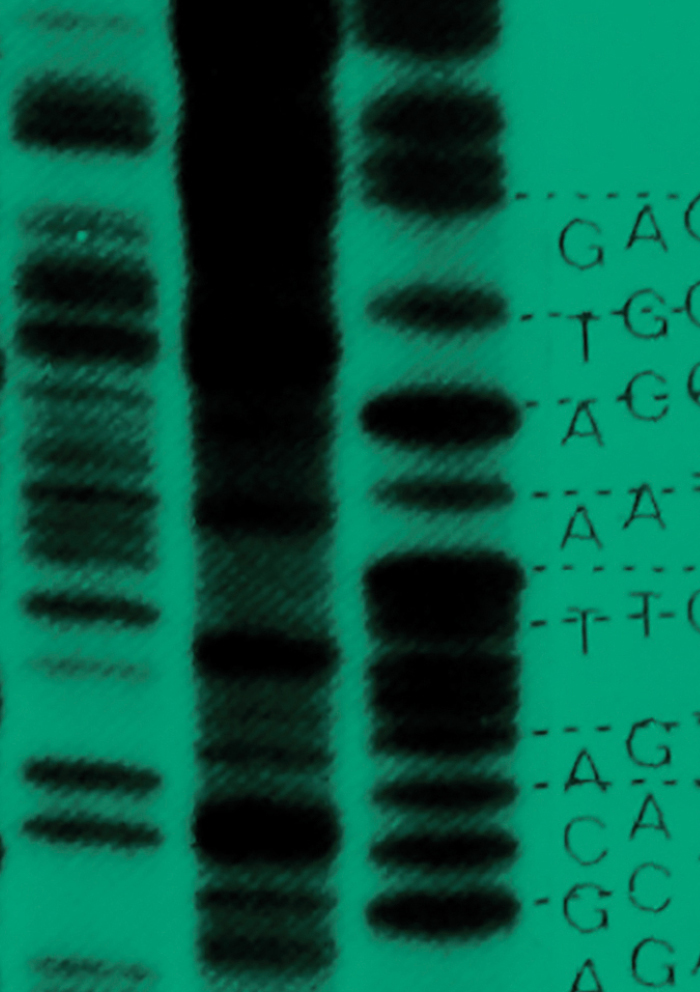 -
Volume 2,
Issue 3,
2016
-
Volume 2,
Issue 3,
2016
Volume 2, Issue 3, 2016
- Commentary
- Methods Paper
-
- Microbial communities
- Environmental
-
-
PhagePhisher: a pipeline for the discovery of covert viral sequences in complex genomic datasets
More LessObtaining meaningful viral information from large sequencing datasets presents unique challenges distinct from prokaryotic and eukaryotic sequencing efforts. The difficulties surrounding this issue can be ascribed in part to the genomic plasticity of viruses themselves as well as the scarcity of existing information in genomic databases. The open-source software PhagePhisher (http://www.putonti-lab.com/phagephisher) has been designed as a simple pipeline to extract relevant information from complex and mixed datasets, and will improve the examination of bacteriophages, viruses, and virally related sequences, in a range of environments. Key aspects of the software include speed and ease of use; PhagePhisher can be used with limited operator knowledge of bioinformatics on a standard workstation. As a proof-of-concept, PhagePhisher was successfully implemented with bacteria–virus mixed samples of varying complexity. Furthermore, viral signals within microbial metagenomic datasets were easily and quickly identified by PhagePhisher, including those from prophages as well as lysogenic phages, an important and often neglected aspect of examining phage populations in the environment. PhagePhisher resolves viral-related sequences which may be obscured by or imbedded in bacterial genomes.
-
- Research Paper
-
- Systems Microbiology
- Transcriptomics, proteomics, networks
-
-
Towards the complete small RNome of Acinetobacter baumannii
More LessIn recent years, the Gram-negative bacterium Acinetobacter baumannii has garnered considerable attention for its unprecedented capacity to rapidly develop resistance to antibacterial therapeutics. This is coupled with the seemingly epidemic emergence of new hyper-virulent strains. Although strain-specific differences for A. baumannii isolates have been well described, these studies have primarily focused on proteinaceous factors. At present, only limited publications have investigated the presence and role of small regulatory RNA (sRNA) transcripts. Herein, we perform such an analysis, describing the RNA-seq-based identification of 78 A. baumannii sRNAs in the AB5075 background. Together with six previously identified elements, we include each of these in a new genome annotation file, which will serve as a tool to investigate regulatory events in this organism. Our work reveals that the sRNAs display high expression, accounting for >50 % of the 20 most strongly expressed genes. Through conservation analysis we identified six classes of similar sRNAs, with one found to be particularly abundant and homologous to regulatory, C4 antisense RNAs found in bacteriophages. These elements appear to be processed from larger transcripts in an analogous manner to the phage C4 molecule and are putatively controlled by two further sRNAs that are strongly antisense to them. Collectively, this study offers a detailed view of the sRNA content of A. baumannii, exposing sequence and structural conservation amongst these elements, and provides novel insight into the potential evolution, and role, of these understudied regulatory molecules.
-
- Responses to human interventions
- Antibiotics
-
-
Repeated local emergence of carbapenem-resistant Acinetobacter baumannii in a single hospital ward
More LessWe recently reported a dramatic increase in the prevalence of carbapenem-resistant Acinetobacter baumannii infections in the intensive care unit (ICU) of a Vietnamese hospital. This upsurge was associated with a specific oxa23-positive clone that was identified by multilocus VNTR analysis. Here, we used whole-genome sequence analysis to dissect the emergence of carbapenem-resistant A. baumannii causing ventilator-associated pneumonia (VAP) in the ICU during 2009–2012. To provide historical context and distinguish microevolution from strain introduction, we compared these genomes with those of A. baumannii asymptomatic carriage and VAP isolates from this same ICU collected during 2003–2007. We identified diverse lineages co-circulating over many years. Carbapenem resistance was associated with the presence of oxa23, oxa40, oxa58 and ndm1 genes in multiple lineages. The majority of resistant isolates were oxa23-positive global clone GC2; fine-scale phylogenomic analysis revealed five distinct GC2 sublineages within the ICU that had evolved locally via independent chromosomal insertions of oxa23 transposons. The increase in infections caused by carbapenem-resistant A. baumannii was associated with transposon-mediated transmission of a carbapenemase gene, rather than clonal expansion or spread of a carbapenemase-harbouring plasmid. Additionally, we found evidence of homologous recombination creating diversity within the local GC2 population, including several events resulting in replacement of the capsule locus. We identified likely donors of the imported capsule locus sequences amongst the A. baumannii isolated on the same ward, suggesting that diversification was largely facilitated via reassortment and sharing of genetic material within the localized A. baumannii population.
-
- Short Paper
-
- Microbial evolution and epidemiology
- Population Genomics
-
-
Refined analyses suggest that recombination is a minor source of genomic diversity in Pseudomonas aeruginosa chronic cystic fibrosis infections
More LessChronic bacterial airway infections in people with cystic fibrosis (CF) are often caused by Pseudomonas aeruginosa, typically showing high phenotypic diversity amongst co-isolates from the same sputum sample. Whilst adaptive evolution during chronic infections has been reported, the genetic mechanisms underlying the observed rapid within-population diversification are not well understood. Two recent conflicting reports described very high and low rates of homologous recombination in two closely related P. aeruginosa populations from the lungs of different chronically infected CF patients. To investigate the underlying cause of these contrasting observations, we combined the short read datasets from both studies and applied a new comparative analysis. We inferred low rates of recombination in both populations. The discrepancy in the findings of the two previous studies can be explained by differences in the application of variant calling techniques. Two novel algorithms were developed that filter false-positive variants. The first algorithm filters variants on the basis of ambiguity within duplications in the reference genome. The second omits probable false-positive variants at regions of non-homology between reference and sample caused by structural rearrangements. As gains and losses of prophage or genomic islands are frequent causes of chromosomal rearrangements within microbial populations, this filter has broad appeal for mitigating false-positive variant calls. Both algorithms are available in a Python package.
-
Most Read This Month


